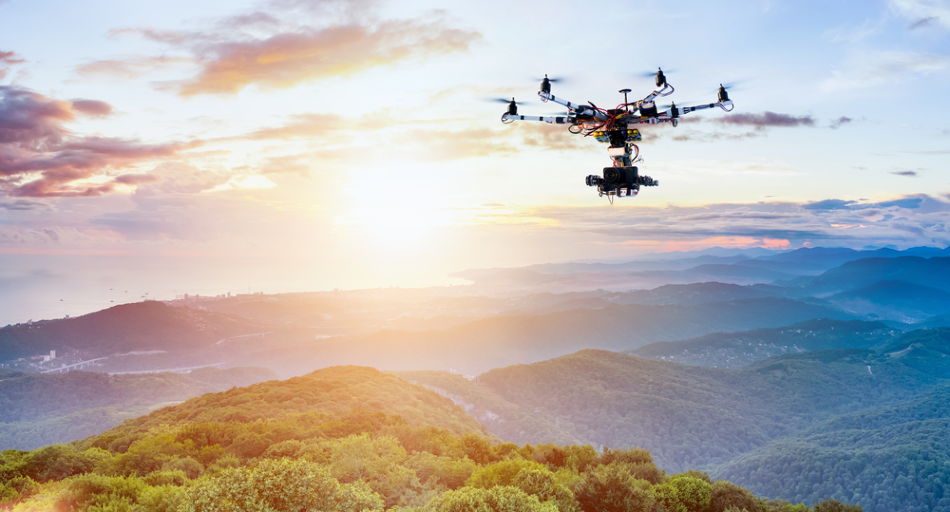Apr 14 2020
Severe weather conditions such as low air temperatures and strong winds often bring difficulties to scientific expeditions in Antarctica. Thus, monitoring and forecasting the weather is critical. Soundings constitute one important way to observe the high-altitude atmosphere.

Image Credit: Alex Yuzhakov / Shutterstock.com
This kind of observational data helps with analyzing and studying the atmospheric circulation and improving the accuracy of weather forecasts. In recent years, unmanned aerial vehicles (UAVs) have become ideal atmospheric sounding observation platforms. European and American countries have already tried to carry out drone sounding activities over the Arctic Svalbard Islands and the Antarctic Terra Nova Bay.
UAVs have many advantages for Antarctic atmospheric sounding observations. First of all, UAVs have good motility and can be used to observe specific weather systems at any time as needed; secondly, the single observation time of a UAV is generally around 20 minutes, making it particularly favorable for observing rapidly changing weather situations."
Dr. Qizhen Sun, National Marine Environmental Forecasting Center (NMEFC) of China
Other advantages of a UAV include: UAV observation data have high vertical resolution with a sampling interval of fewer than five meters and the horizontal movement of UAV sounding observations is usually less than 200 meters--much smaller than traditional radiosondes.
"Last but not the least, UAVs can be reused multiple times, reducing the overall costs." Said Sun.
To test the value of atmospheric sounding observations from UAVs, Dr. Sun, Professor Timo Vihma of the Finnish Meteorological Institute and other meteorologists, evaluated the ability of such sounding data to improve Antarctic weather forecasting. Their findings are published in Advances in Atmospheric Sciences.
They found that UAV sounding data can improve Antarctic weather forecasting to a certain extent, especially the prediction of temperature, wind speed, and humidity. Because the flight altitude of UAVs is generally below two kilometers, the improvement to the accuracy of meteorological prediction is mainly limited to the atmospheric boundary layer. Based on these experiments and studies, NMEFC plans to conduct more atmospheric sounding observation activities with UAVs in Antarctica, including aircraft meteorological observations over the Antarctic ice sheet and vertical structure observations of katabatic winds across the Ross Sea, Antarctica.